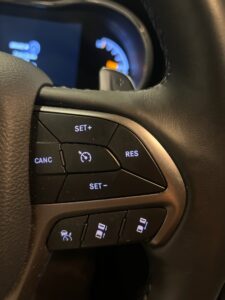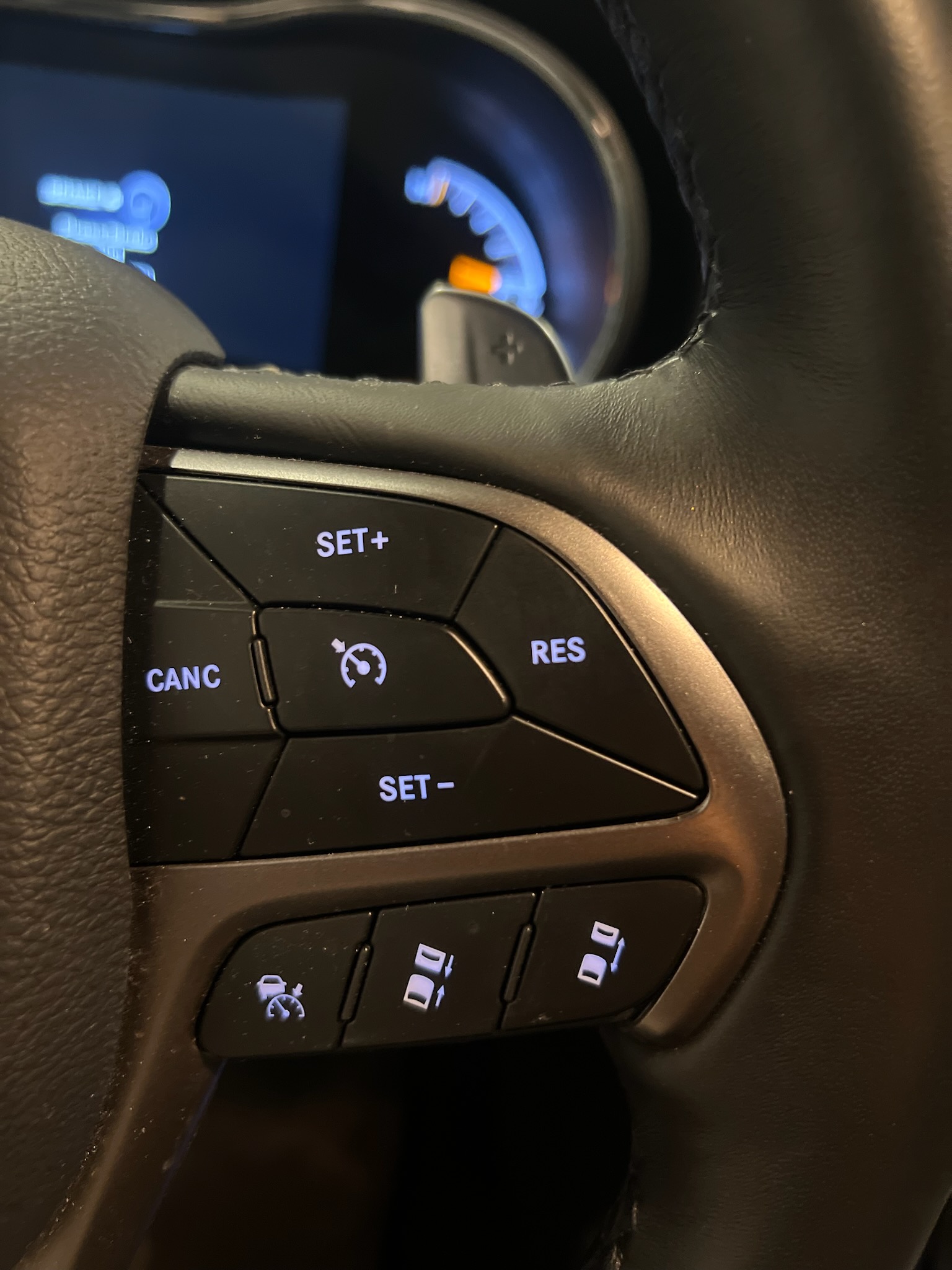This article covers the following topics: What is cruise control, how to use cruise control, and potential cruise control problems
What is cruise control?
Cruise control in cars has been around since the early 1900s, but it has evolved. Cruise control is an electric system that allows you to set your car to a specific driving speed. Once the cruise control is ‘set’, you can take your foot off the accelerator pedal and the vehicle will maintain the set driving speed.
What are the benefits of cruise control?
- Cruise control allows you to maintain a more comfortable driving position, resulting in less foot and leg fatigue
- Less worry about accidentally accelerating over the speed limit
- Greater fuel efficiency – Your vehicle consumes less fuel if you cruise at a steady speed rather than accelerating and decelerating
How to use cruise control
Cruise control is very simple to use. Follow these steps to correctly set the cruise control on your vehicle.
Step 1: Check your vehicle’s control buttons
While most cruise control buttons are standard in modern cars, with new advancements in technology, vehicle manufacturers are changing the way certain buttons look and where they are placed on the vehicle. Cruise control buttons are most often found on the steering wheel. This control placement allows you to adjust the controls without having to reach beyond the wheel.
While the buttons may be arranged in a different order, there are usually 4 or 5 different cruise control buttons.
- Cruise On: Usually looks like the speedometer symbol, or just says Cruise.
- Set +: Allows you to set your cruising speed and increase your set speed.
- Set -: Allows you to set your cruising speed and decrease your set speed.
- RES – This button allows you to resume your previous set driving speed. If you hit the brakes while cruise control is set, it overrides the cruise control. Once you get up to speed, you press RES and your vehicle will automatically resume the previous cruise control settings.
- CANC – Disengages the cruise control system without shutting it off entirely.
Step 2: Increase speed
Once the cruise control is turned on, manually accelerate the car until you are up to your desired cruising speed, then press the Set button.
Step 3: Increase or decrease speed as desired
If you want to speed up or slow down, use the appropriate set+ or set-control button. When decelerating using the cruise control, give yourself adequate time to change speeds. The set – button allows you to decrease speeds way down, but the vehicle doesn’t slow down quickly like it does when you use the brakes.
Adaptive cruise control (ACC)
ACC is the latest type of cruise control that’s becoming widely available in newer cars. ACC maintains your speed like normal cruise control features, but it also incorporates sensors on your vehicle to measure the distance between you and the car directly in front of you. Once you set your driving speed, and set the car’s traveling distance, ACC adjusts your speed to ensure you stay at that following distance while cruising.
In the image below, you’ll notice the 3 buttons below the cruise control buttons. These are the designated ACC cruise control buttons.

Why is my cruise control not working?
As with any electrical system on your vehicle, it can stop working at any time. According to Capitol Toyota, your cruise control may stop working if you have a damaged speed sensor, faulty brake pedal switch, or a blown fuse.
In addition to the speed sensor, adaptive cruise control (ACC) also uses a distance sensor to measure the gap between your vehicle and the car in front of you. Because ACC uses two sensors instead of one, if the distance or speed sensors malfunction, your ACC will not work.
Does Truman’s Automotive & ADAS Calibration fix cruise control issues?
Yes – Truman’s specializes in diagnosing and fixing all electrical control issues with any make or model vehicle, including cruise control problems. Give us a call to schedule an appointment today!

